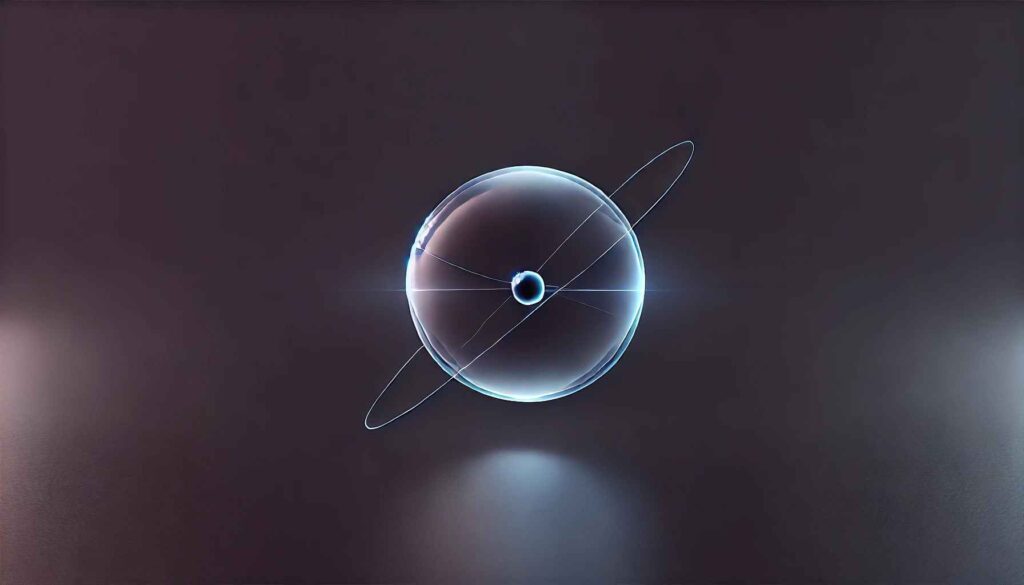Introduction
For years, scientists at the Advanced Quantum Research Institute have been trying to come up with a silicon chip version of Schrödinger’s cat. They finally did it and managed to produce excitement, showing the complexity of the quantum superposition phenomenon besides opening new pathways to more practical applications of quantum technology.
More about Quantum Superposition
Worldwide, physicists are pushing to the limit quantum superposition which is considered one of the fundamental principles of quantum mechanics in which particles could theoretically exist in two or more positions at the same time.
Discussions that were just theoretical a year ago are increasingly being brought into experiments and even technological innovation. Quantum superposition enables particles such as electrons or photons to be in many places, have different energies, and even be in different states of spin at one time.
This peculiar phenomenon is against classical physics; here, it shows that objects need to be in specific states. Implications of quantum superposition go further than the interest of theory and make a straightforward way to advance computing, cryptography, and communication technologies. Several real experiments clearly demonstrated this very recently at those high-ranked research institutions.
Scientists have achieved particle entanglement, making evident how, potentially, instant information can cross cosmic distances. The phenomenon allows quantum data encryption with unprecedented protection for data security and ultrafast transmission over high distances.
A quantum computer can solve computational tasks that seem unsolvable within any reasonable period on a normal computer. They promise to modify almost every branch of healthcare or finance. With these discoveries, quantum superposition is still something hard for people to conceive: a strange, even anti-intuitive notion.
While the full realization of what its actual impact might mean in terms of reality remains sealed, we do know that we have started tapping its power. “Quantum mechanics makes us reassess our grasp of reality,” Dr. Emily Chang, a renowned physicist in her field, says. “Quantum superposition is not just an intriguing scientific peculiarity it rattles our understanding of existence itself.” As it takes deeper and more significant footholds, the related philosophical questions prompted by quantum superposition are also enmeshing scientists.
You Should Read: Beyond the box: Schrodinger’s cat and multiverse revelation
Quantum Paradox in Schrödinger’s Cat
Let’s come to our main topic, It’s an iconic thought experiment that physicist Erwin Schrödinger came up with back in 1935 to illustrate the paradoxical nature of quantum mechanics: a cat could both be alive and dead at once until it was observed. But now, the engineers at AQRI have sealed such a paradox inside a silicon chip with an elaborate arrangement of qubits the basic building blocks of quantum information.

In their pioneering experiment, they made use of a technique called quantum state manipulation to position particular qubits in superposition states. Like the demons of Schrödinger’s “cat,” precisely controlled interactions between the qubits with laser pulses and microwave signals drive the state of their “cat” into multiple simultaneous states.
According to lead researcher Dr. Elena Mendez, “The significance of this achievement is that we have now demonstrated a quantum system that actually embodies Schrödinger’s thought experiment. This does not only show the foundations of quantum mechanics but also opens a pathway for more complex quantum algorithms that could potentially revolutionize computing.”
The effects of this work are not only in theoretical physics. Quantum computation would highly benefit from being able to realize and manage superposition states. Problems that are exponentially complex by nature with a classical computer are difficult for current computational models to handle; however, quantum systems can process them in parallel because of their inherent nature of superposition. Breakthroughs may actually come from the field, such as cryptography optimization and materials science.
Although creating a “cat” in a digital realm sounds exciting, the challenge lies in addressing the basic questions of ethics and philosophy associated with manipulated quantum states. According to Mark Hargrove, a professor at the Institute of Philosophical Inquiry and specialist in the philosophy of quantum mechanics: “This experiment raises very interesting questions about observation and reality within quantum mechanics. If we could indeed produce the superposition of states in an appropriate environment, that would say some pretty profound things about our perception of reality, right?”
This view has been counterposed by several critics who think that the experiment, although magnificent, is light-years away from real-world implementations. The present technology is yet in its infancy, and scaling such a system for masses of use faces a lot of problems, particularly the error rate in qubit manipulations and coherence times. According to Dr. Rebecca Lin, a quantum computing expert, “This is a big step, but we need to be careful. The path from experimental demonstrations to practical application in quantum computing will involve crossing significant technical hurdles.”
Despite all this, the people at AQRI are optimistic. They are planning to build on this fundamental work in order to further improve the coherence and control of the qubits for more robust quantum systems that can really solve real problems.
Conclusion
The successful creation of Schrödinger’s cat within a silicon chip marked a turning point in the realm of quantum engineering. This not only represents the perennial mystery of quantum mechanics but also provides a strong foundation for the future development of quantum computing. The implications for both science and technology in this work are sure to unfold themselves in the next few years as researchers push through the theoretical and practical approaches used in this work. The future of computing may lie just around the corner, in the subtle nuances of quantum states.

